What is perlite?

What is perlite?
Perlite is a rock of volcanic origin. It is also called volcanic glass because it is formed naturally by the hydration of cooling lava. As a result, this mineral contains relatively large amounts of chemically bound water. This feature causes it to expand.
Expansion is a technological process as a result of which perlite increases its volume even several times. As a result of this process, expanded perlite is obtained: a material with a very low weight and the ability to retain water. Thanks to these features, it is used in many industries.
Perlite occurs naturally in many places around the world. Most of its known resources are located in Turkey, while in Europe it is most common in the Carpathians – in Slovakia, Hungary and Ukraine.
Expanded perlite or horticultural perlite, which is in the form of light fine grains, is generally commercially available. In Poland, this material has been used for a short time. Thanks to its unique properties, it is quickly gaining popularity in construction, horticulture and other industries.
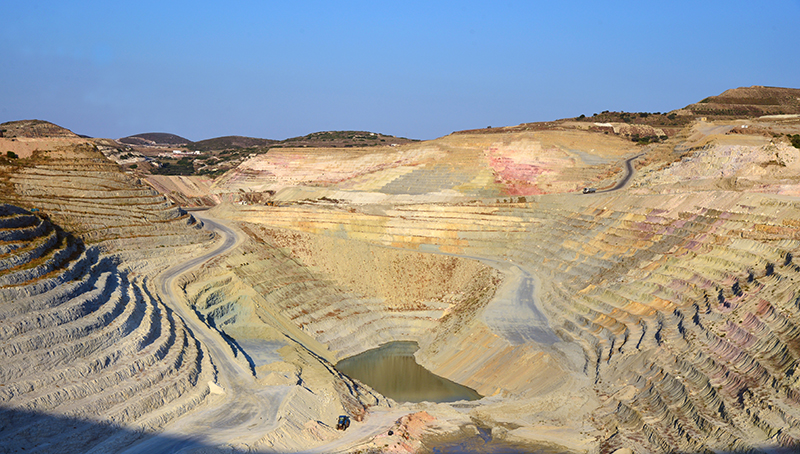
How is perlite made?
Perlite is mined from the deposit using the open-pit method. After mining, the rock is crushed and ground to ore. Then, in the mines, the ore is sorted into different fractions. This is an important process, because the size of a particular fraction determines what kind of expanded perlite we obtain in further processing.
Then the perlite ore goes to the expansion plants. There it is subjected to thermal treatment. Perlite softens at about 900 ° C. Then, chemically bound water molecules are released, which are a characteristic feature of perlite. The escaping water causes the material to expand. As a result of this process, perlite increases its volume even several times. As a result, its density also decreases several times, thanks to which we obtain a light and porous aggregate. This process is called perlite expansion.
In the perlite expansion line, the most important element is the furnace in which the main physical and chemical processes take place. The material stays in the furnace for only a dozen or so seconds. After proper heating, when the perlite is expanded, its grains go to the cooler, where they are cooled down to a temperature of about 100 degrees, and then they go to the tank. The expansion line is also equipped with a system of cyclones and filters, where all dust generated during the production process is captured.
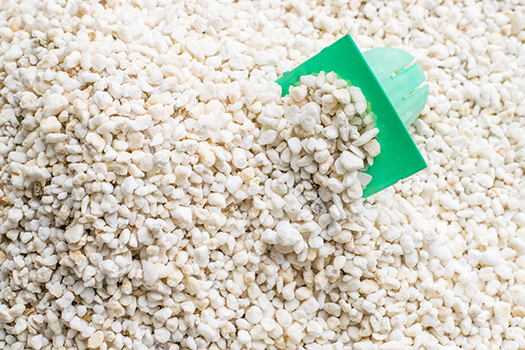
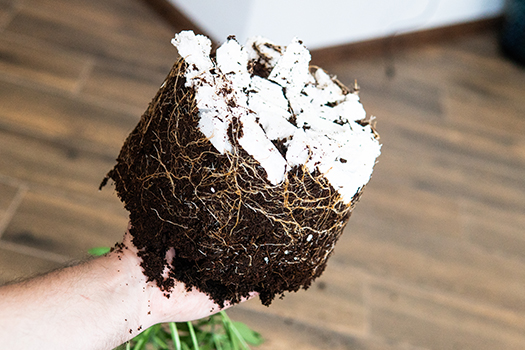
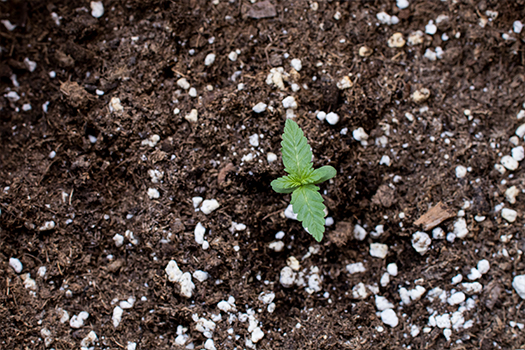
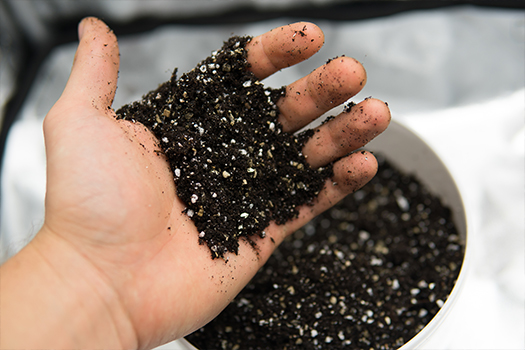
What is the chemical composition of perlite?
Chemical composition of perlite (as oxides)
| SiO2 | 70-75% |
| Al2O3 | 12-15% |
| Na2O2 | 3-4% |
| K2O | 3-5% |
| Fe2O3 | 0,5-2,0% |
| MgO | 0,2-07% |
| CaO | 0,5-1,5% |
| Loss on ignition (chemically bound water) | 3-5% |
Advantages of perlite
Perlite is an aggregate:
- Very light,
- Perfectly insulating,
- Porous,
- With a wide range of graining,
- Natural,
- Chemically neutral,
- Barren,
- Delicate as an abrasive,
- Muffling sounds
- Safe for the environment,
- Ecological,
- Non-flammable,
- High temperature resistant

Properties of perlite
Learn about the properties of perlite, its technical data, chemical composition and physical and chemical properties.
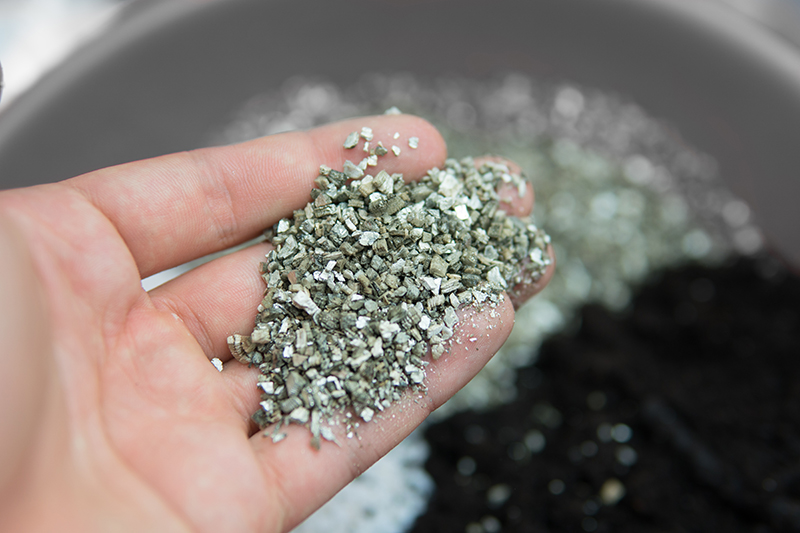
What is the use of perlite
See what perlite is used for and where it is used.
The influence of perlite on human health
Perlite is a naturally occurring rock and as such does not contain substances harmful to human life and health.
It is chemically inert, and the way it expands at very high temperatures makes it also biologically sterile. Expanded perlite may contain small amounts of dust, accidental inhalation of which may irritate the respiratory system.
Perlite is a material that helps protect the environment. The basic facts about the environmental impact of perlite are:
- The world’s perlite mines exploit deposits with an area of only 8 km2. The world’s resources of perlite in the last 60 years have been used less than 1%,
- Perlite products help to protect land, water, natural fauna and flora. Perlite is used as a filter medium for storm drains and spills of hazardous materials, protecting local rivers and fish habitats from contamination.
- Perlite is used in nurseries and greenhouses, replacing the natural substrate and thus protecting the natural resources of the farmland,
- Perlite is used as an insulator in construction and industrial applications, helping to reduce energy consumption,
- Perlite is used as a filler in many finished products, making them lighter and therefore less expensive to transport.
The use of expanded perlite in the economy contributes to the improvement of water quality, reduction of energy consumption and improvement of the quality of life in many countries.
How to use perlite? What are the proportions?
Perli has a different granulation from dusty, defined as 0mm, to grains up to 5mm in size.
The graining of the perlite determines its application to a specific function. The finest grains and dusts are mainly used for filtration of liquids in the food and pharmaceutical industries. The proportion depends on the size of the filters and many other factors that are the producers’ secret.
Perlite with a grain size of 0.15mm to 1.25mm is most widely used in various industries, most widely in construction, as a thermal insulator, in ecology and logistics. The thickest factions are used by agriculture and also construction.
How much is perlite?
Perlite price is most influenced by its ability to expand, and more precisely how much expanded perlite we get from a portion (e.g. tons) of perlite ore. They best expand the fine fractions, in order to obtain such also the perlite ore must be ground and sieved so that it contains small grains. From a ton of such a pipe, it is possible to obtain from 12 ÷ 20 m3 of expanded perlite within 1 hour. With constant expansion costs, which mainly consist of electricity, gas and labor costs, we obtain a relatively large amount of perlite, therefore the smallest fractions are the cheapest.
During the production of coarser perlite, similarly, from thicker ore we obtain a lower capacity of 8 ÷ 12m³ at the same time. Production costs are higher, which translates into the price of perlite.
As you can guess, the most expensive perlite is the largest grain perlite produced from the least ground ore. Such perlite is the most expensive because one ton of ore can be obtained from 4 ÷ 8m³ perlite where the average is 6m³
Get to know our products
See our offer
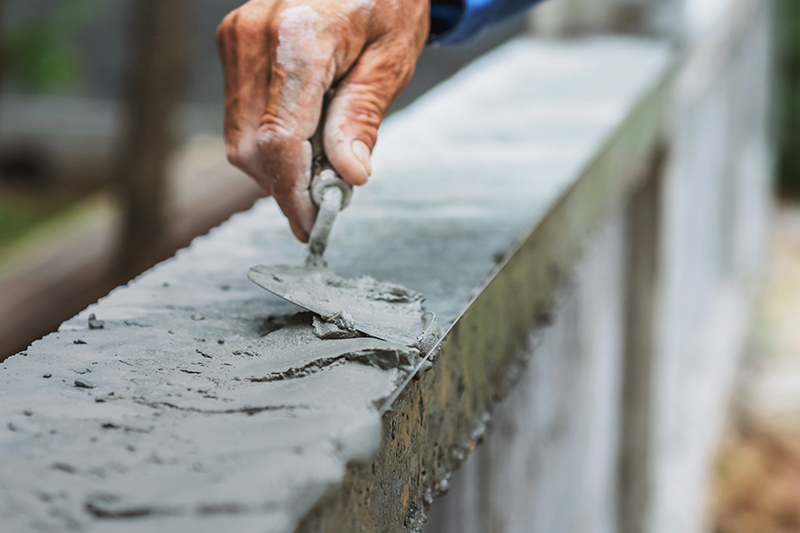
Expanded perlite
Perlite in construction
Get to know our expanded perlite products available in our Online Store. You order quickly and conveniently with home delivery. For larger quantities, we deliver with individual transport.
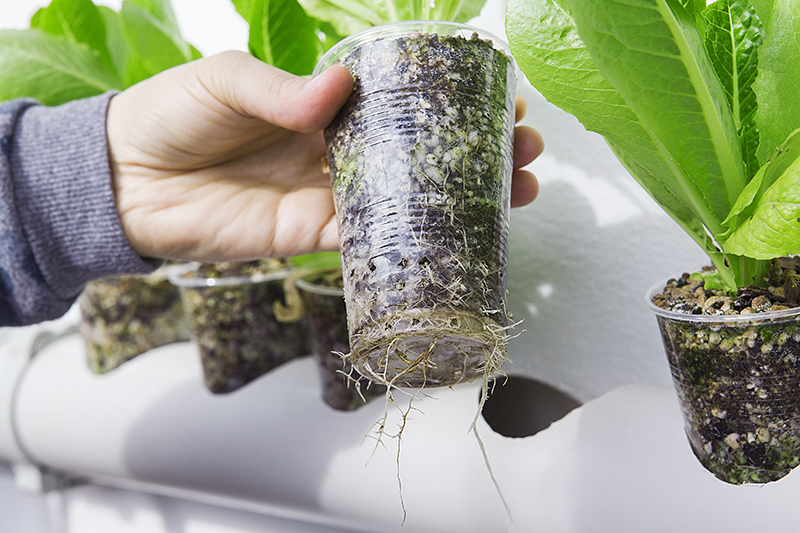
Agro perlite for gardening
Perlite in horticulture
Buy agro perlite gardening in our online store. It is a material that is perfect for gardening. You can order conveniently in our online store with home delivery.
Order perlite